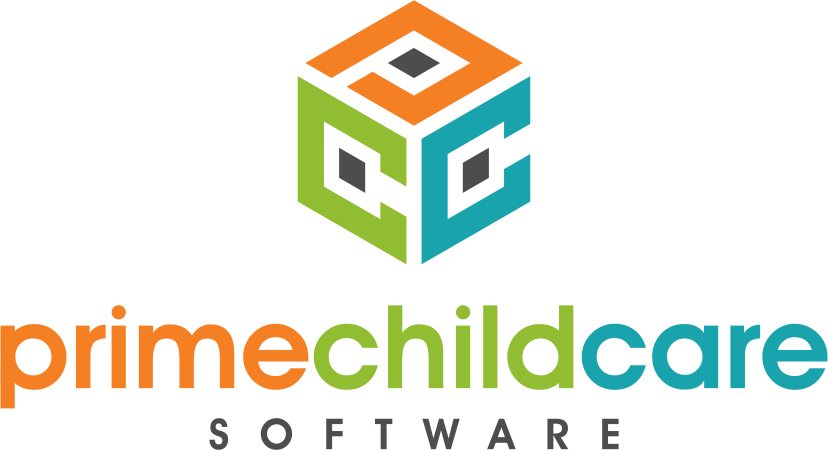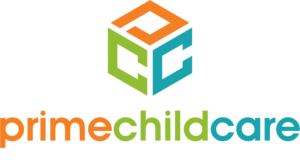One of the keys to successful children’s development is the movement. Research shows that encouraging movement can give children an opportunity to develop self-awareness, master non-verbal ways of communication, and learn more about their bodies.
Regular movement helps kids understand their range of motion, coordination, balance, and muscle strength. While short, daycare lessons can be taxing for small children. Without movement, they become restless, lose the ability to concentrate, and succumb to agitation.
Incorporating more movement into your daycare lessons can help kids develop organically while getting the most out of your interaction.
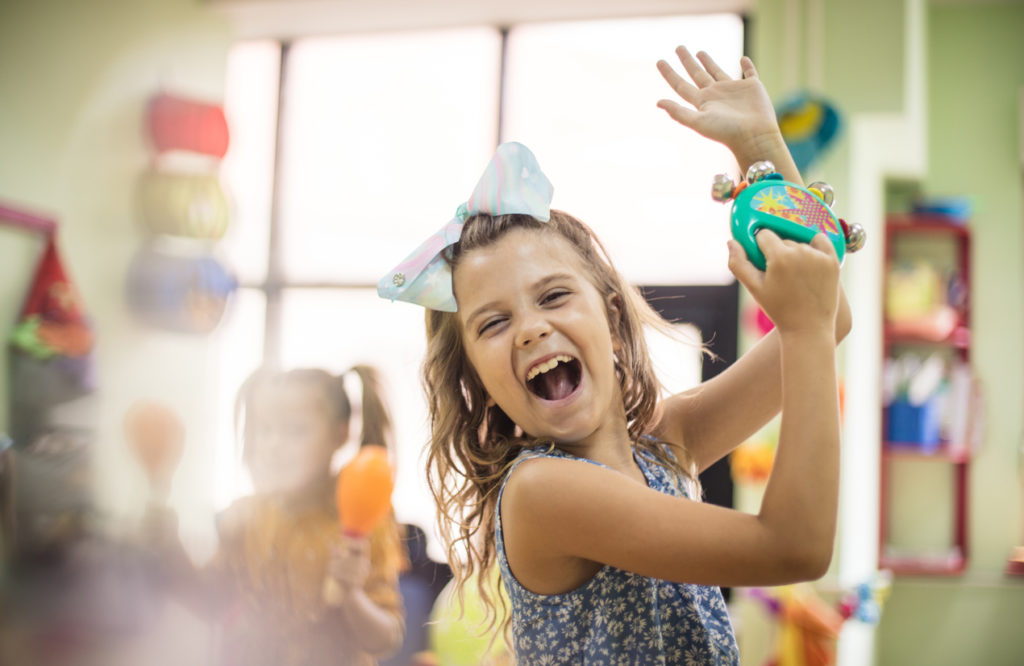 1. Start with a Song
1. Start with a Song
Before the lesson starts, give children an opportunity to “blow off the steam.” Research some fun songs and simple movements that go along with them.
You can invent your own movements, turning the starting song into something special for all the kids in the group. They may involve clapping and stomping (e.g. “when you’re happy and you know it”, “head, shoulders, knees, and toes”) or a round dance type of activity.

2. Explore Waldorf’s Movement Games
Waldorf’s activity learning can be an excellent choice for daycare education. Certain activities can help children memorize information. For example, reciting verses while passing beanbags or incorporating clapping to accompany memorization of facts.
Such activities keep children moving while focusing their attention on the information you are trying to pass on. After such lessons, kids are less likely to feel tired or restless.
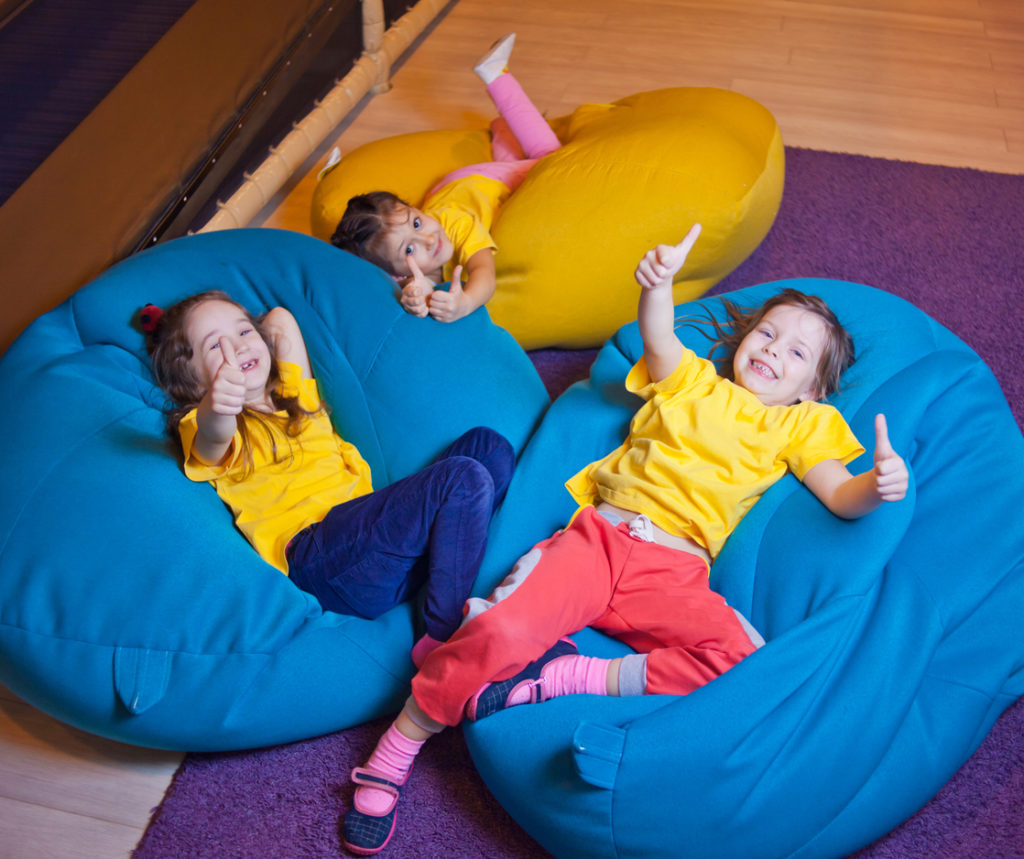
3. Work on Seating Options
Standard chairs may be convenient for the daycare center arrangement but somewhat restrictive to the children. Explore such seating options as:
- Rocking chairs
- Beanbags
- Therapy balls
- Wiggle seats or wedges
Alternative seating allows children to use up their bursting energy while digesting new information in the process.
If you don’t have sufficient funds to change the seating entirely, remember that some children can learn while standing or sitting on the floor. Giving them a choice goes a long way toward improving the learning environment.
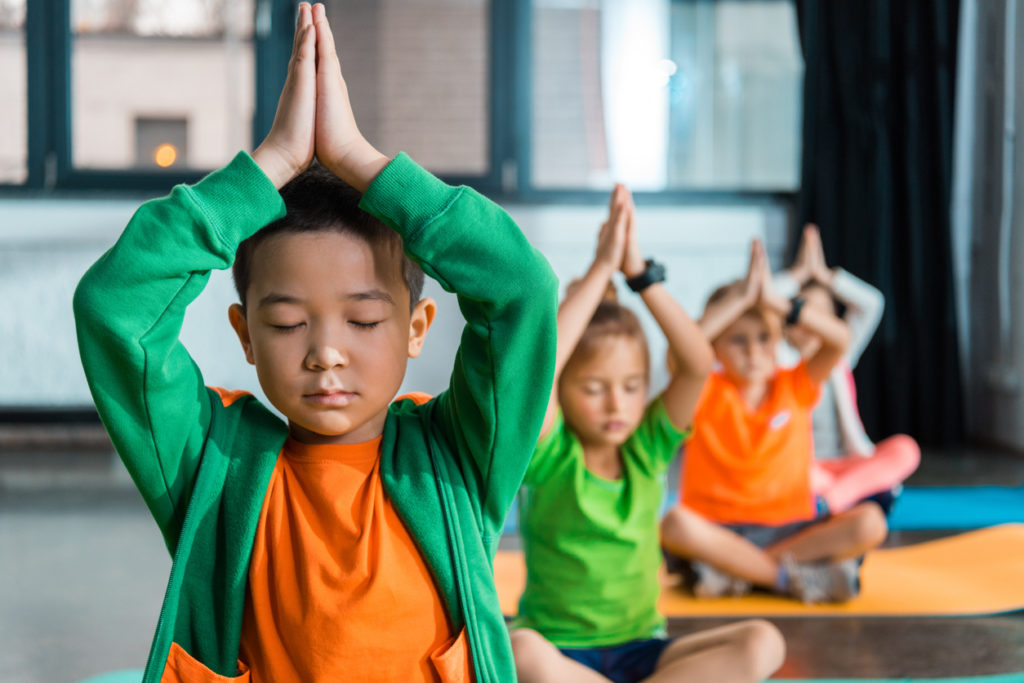
4. Research Yoga
Yoga for children comes with numerous benefits, including heightened concentration and integrating both sides of the human brain into the learning process.
Yoga for kids can:
- Improve focus
- Enhance memory
- Boost self-esteem
- Improve behavior
- Reduce anxiety and stress
Yoga poses don’t take up too much time, so you can distribute them through each lesson. Some kids may even decide to stay in some of these poses to continue learning.

5. Offer Opportunities for Jumping
Jumping is an excellent way to use up the energy without moving around the room. To give children an opportunity to jump during daycare lessons, provide them:
- Mats
- Pillows
- Lines on the floor
Take a one-minute break during each lesson to do some jumping jacks with the kids. They’ll love the distraction while getting their wiggles out.
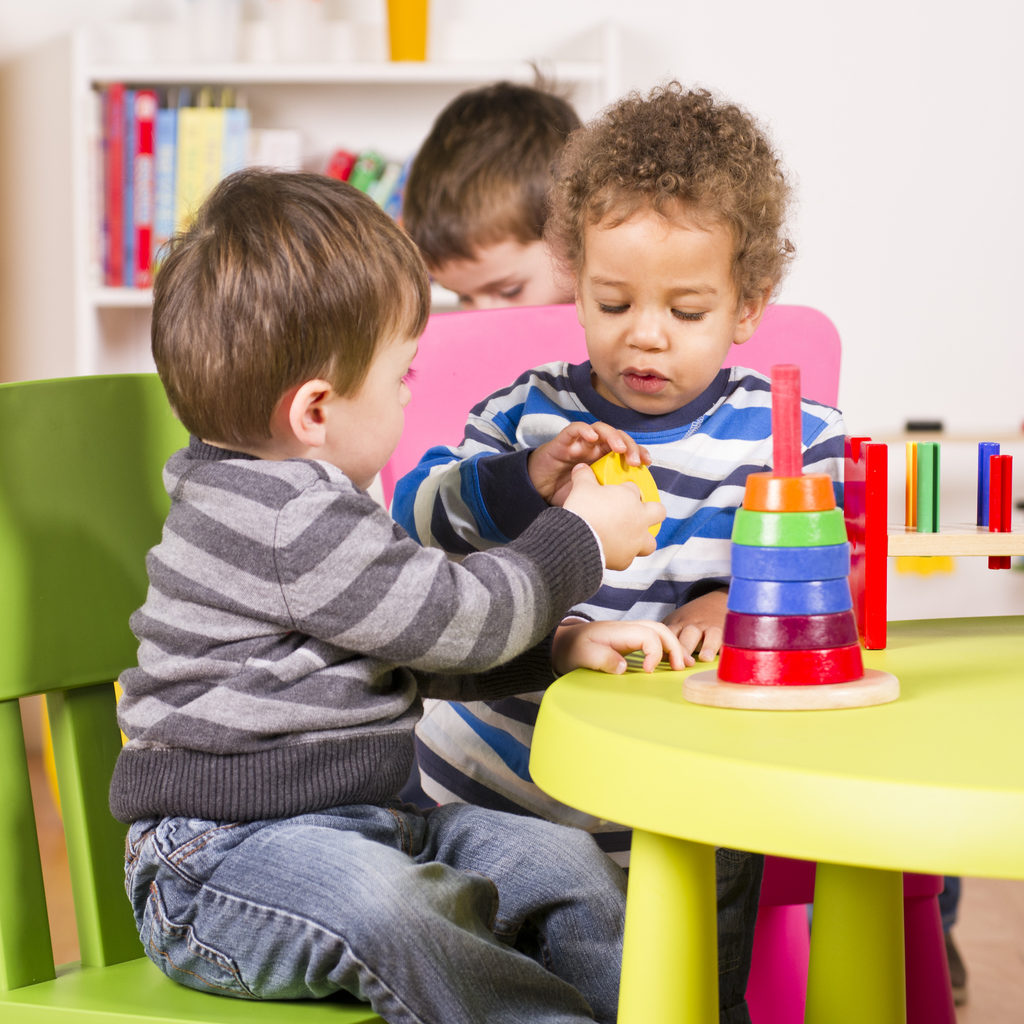
6. Play Sharing Games
One of the most popular games that teach children how to share is drawing a rainbow with markers. Each child gets one marker and has to draw a rainbow. Quickly, kids realize that they need other markers to complete the task. This game is an excellent opportunity for movement.
By placing children away from each other, you are making them move around to find the necessary markers for exchange. Many sharing games can work in the same manner.
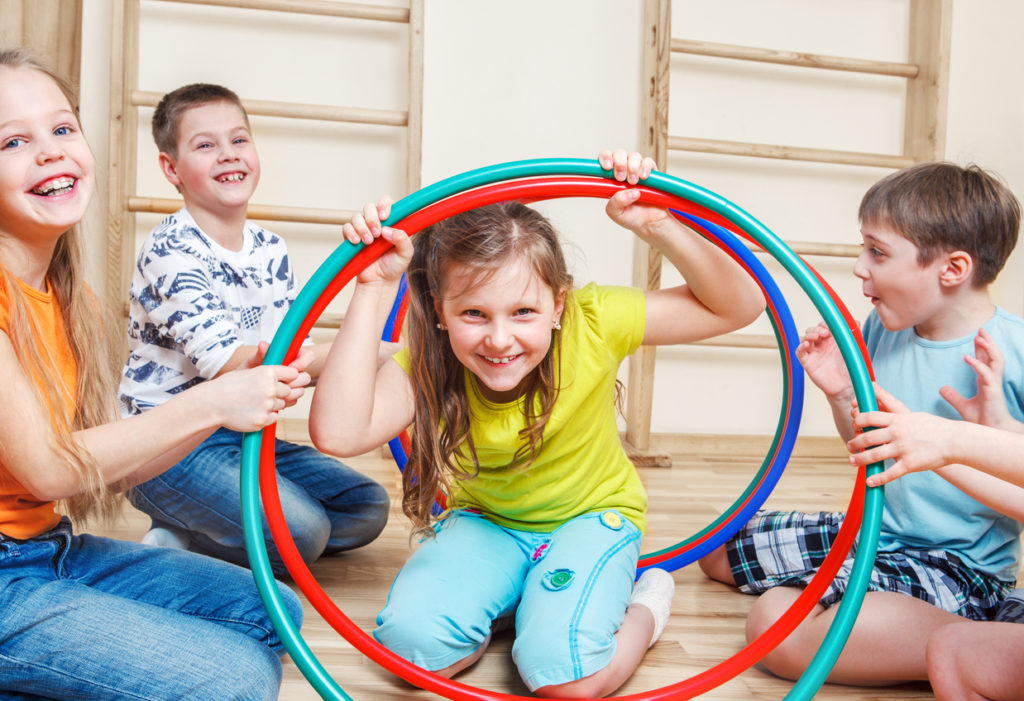
7. Practice Movement Breaks
If your lesson plan keeps children sitting in one place for a long time, implement breaks. Depending on the group’s age, these breaks can be as frequent as 5 or 10 minutes.
When the time comes, everyone stops their activities and starts dancing, singing, passing the ball around, or whatever other actions you come up with. Breaks are a great way to add movement to your lessons while giving kids’ brains time to regroup.
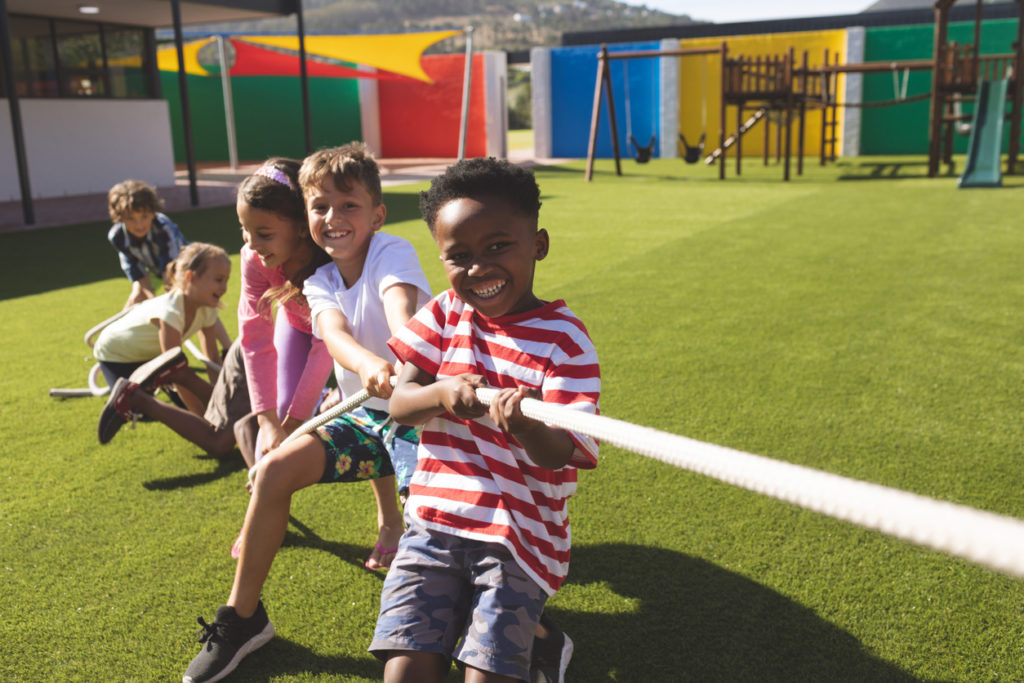
8. Use Pushing and Pulling Toys
Pushing (doll carriages, lawnmowers) and pulling toys (wagons, cars) increase spatial awareness and coordination. They also give children an opportunity to move around during a lesson.
You can incorporate these toys into your sharing lesson plans or use them during movement breaks. They encourage quick movements that use up a lot of energy and help children get back into the learning process faster.
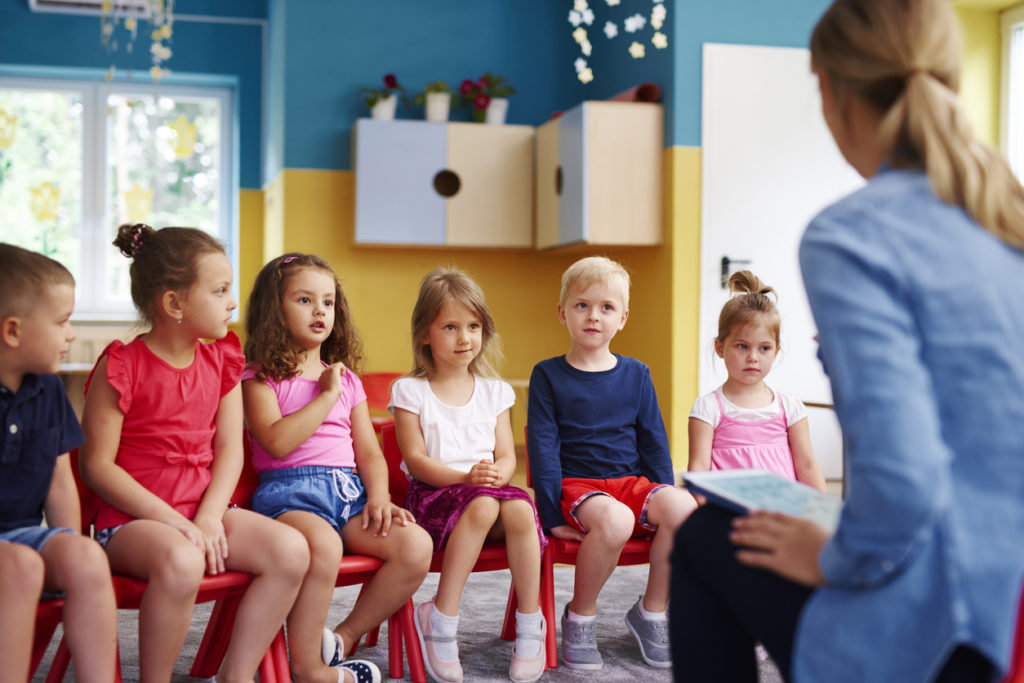
9. Implement Posture Exercises
Children tend to slouch when sitting. Posture exercises don’t just add movement to your lessons but prepare kids for long days at the desk in school.
By implementing these exercises into the kids’ daycare lesson routine, you can prevent back and shoulder problems in the future.
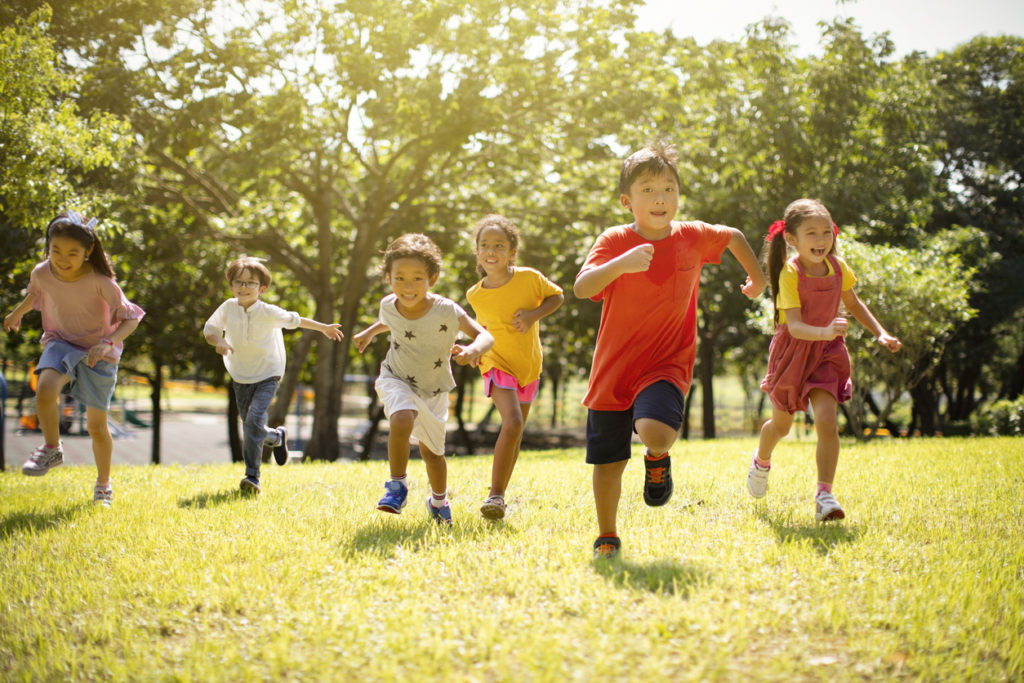
10. Take Your Lessons Outdoors
When you conduct lessons outdoors, you are giving children an opportunity to enjoy a larger space. This promotes movement and increases the range of possible activities. During movement breaks, kids can master the space around them while enjoying the fresh air as a bonus.
You can combine outdoor activities with lessons about nature. This encourages children to study the world around them while moving from one object to another.
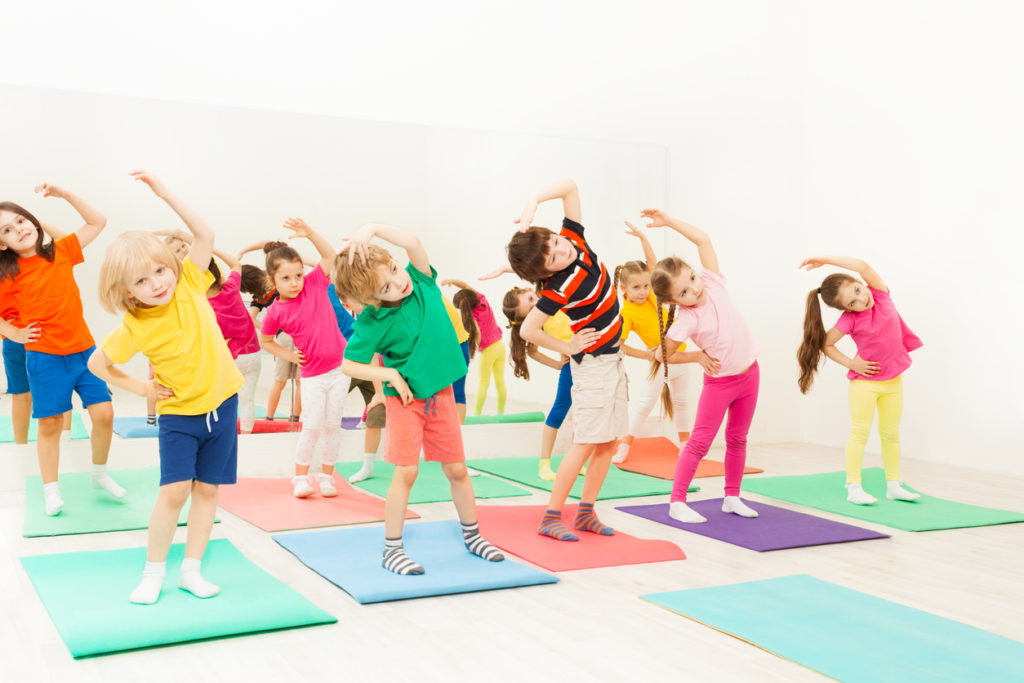
11. Play “Simon Says”
“Simon says” is an excellent game for daycare children of almost all ages. It encourages movement while increasing body awareness and honing auditory skills.
The best part about this game is that it can turn into a constructive exercise, helping children learn how to do new things.
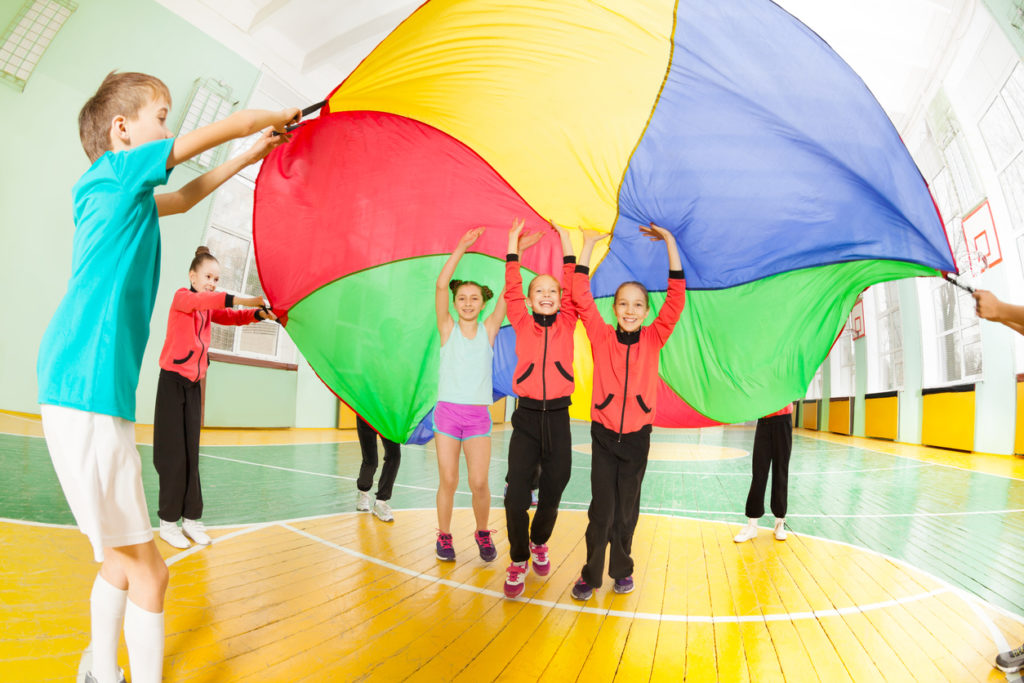
12. Set Up an Active Indoor Space
Toddlers and older children need space to climb and jump indoors. Consider investing in climbing equipment and other active game accessories to help children move around even when the weather prevents them from going outdoors.
One of the best ways to involve children in everyday activities is by personal example. Model enjoyment of movement by joining kids in indoor and outdoor games.
Keep Children Moving and Parents Happy
The importance of regular movement for children is hard to overlook. By giving them every opportunity to move, you are contributing to their physical and mental development. With Prime Childcare software, you can tweak your lesson plans to include more activities and share the results with parents. For more information about our comprehensive childcare management software, please don’t hesitate to contact us at any convenient time.

